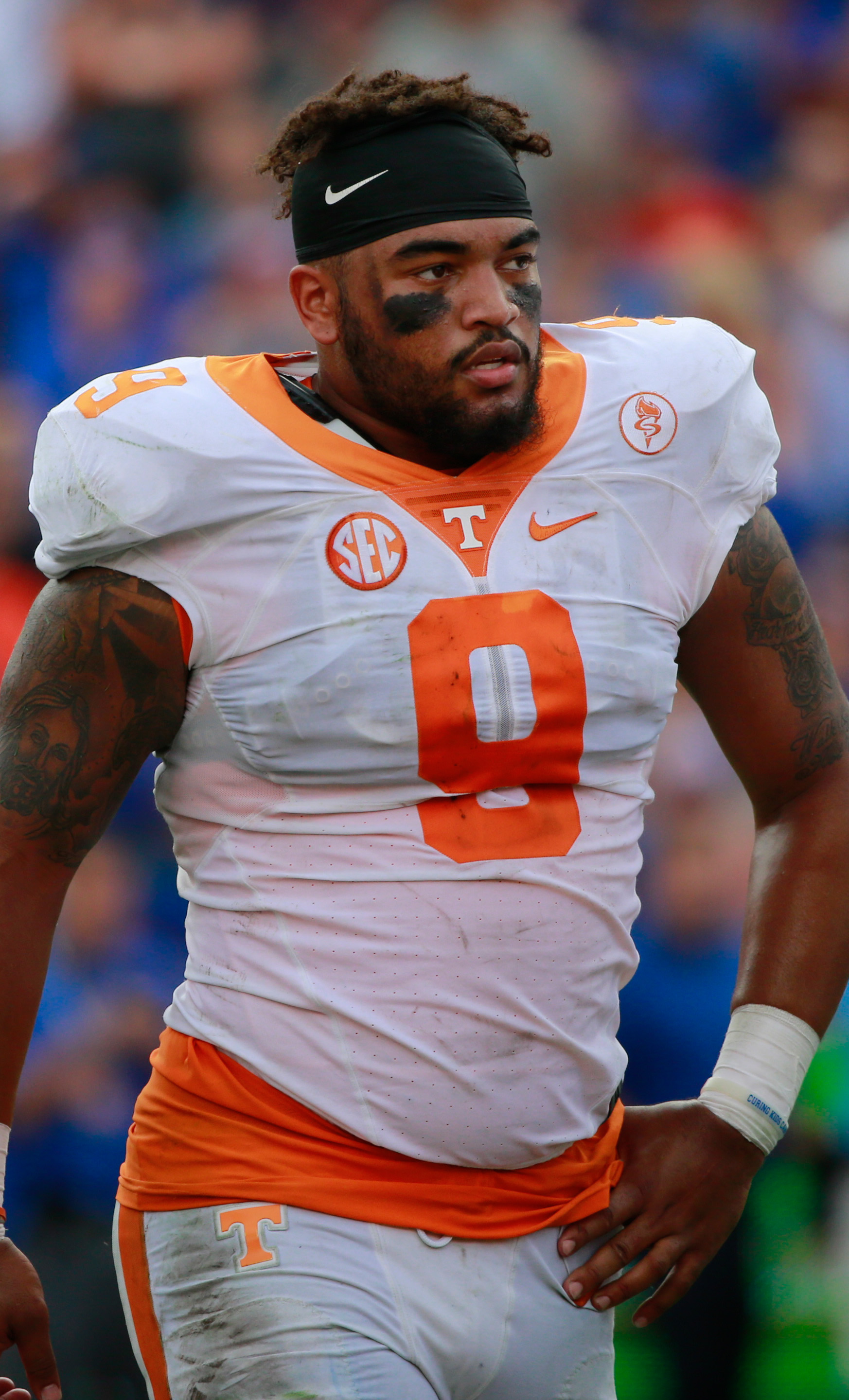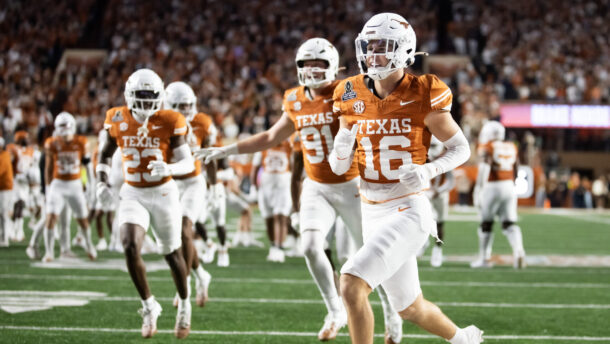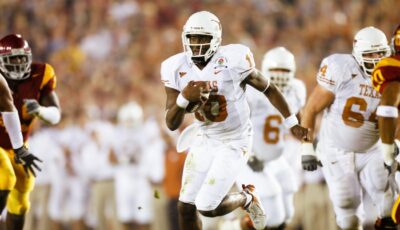
Numbers might not lie, but sometimes they fib.
Take 2015, for instance. The SEC East had five of the top six scoring defenses in the league. Sounds impressive on the surface, but you don’t need to do a deep dive to realize those numbers were inflated by six games against East offenses.
RELATED: Ranking SEC West defenses 2016
Missouri, for instance, allowed an SEC-low 16.2 points per game last season. Yet the Tigers allowed 31 and 28 in their two crossover games against the SEC West — the most points Missouri allowed.
Georgia, statistically the second-stingiest East defense, gave up 38 to Alabama.
This season could be more of the same. Every SEC East team except Tennessee started at least two quarterbacks last season. And at this point, only Tennessee can count on an All-SEC type performance from that position in 2016.
With that, let’s predict how the SEC East defenses will stack up in 2016.
1. Tennessee
2015 points per game allowed: 20.0, fifth in SEC.
Better or worse in 2016? Better.
Why? The Vols could have three first-team All-SEC performers in 2016, one at each level in defensive end Derek Barnett, linebacker Jalen Reeves-Maybin and cornerback Cam Sutton.
Tennessee lost just three starters, but beyond that, the Volunteers can see the goal line. Butch Jones has built the foundation, brick by brick, and 2016 will represent a final walkthrough of sorts.
Fine-tuning this, touching up that. The major renovation work is complete.
It helps, too, that the offense will provide leads, occasionally big ones, which will make opponents more predictable.
Tennessee had the most impressive bowl result among SEC East teams, capped by a 100-yard interception return from Evan Berry, who figures to step into one of the two open safety spots, shoring up the only possible preseason concern.
2. Georgia
2015 points per game allowed: 16.9, third in SEC.
Better or worse in 2016? Worse.
Why? Worse is relative because the Bulldogs still might have the best group in the East. But matching roughly 17.0 points allowed will be difficult primarily because of the schedule. Georgia opens against high-scoring UNC, which also must replace its starting quarterback but will do so with an experienced backup in Mitch Trubisky who has thrown for more than 1,000 career yards.
And then the Bulldogs swap Alabama with Ole Miss on the rotating crossover — nothing gained.
We know Kirby Smart will bring the intensity. And Georgia will look different — it must replace three starting linebackers, six starters total.
3. Florida
2015 points per game allowed: 18.3, fourth in SEC.
Better or worse in 2016? Worse.
Why? Florida’s PPG allowed also was propped up by the East. LSU and Alabama each scored at least 28 against the Gators.
That number might decrease thanks to a more favorable schedule — the Gators replace Ole Miss with Arkansas in the rotating crossover game.
But they’ll be hard-pressed to be better than last year’s group.
The Gators not only lost six starters but also their top playmakers. Alex McAlister and Jonathan Bullard each had a team-high 6.5 sacks last season. Antonio Morrison was their leading tackler. Vernon Hargreaves might be a top 10 pick in the NFL Draft.
There is talent returning, most notably in Jalen Tabor, Jarrad Davis and CeCe Jefferson, a rising star at defensive end.
4. Missouri
2015 points per game allowed: 16.2, second in SEC.
Better or worse in 2016? Worse.
Why? Again, it’s relative because eight starters return, but opening at West Virginia certainly is more challenging than hosting SE Missouri State.
Missouri lost just three starters, but one was Kentrell Brothers, who led the SEC with 152 tackles.
Walter Brady and Charles Harris each had 7 sacks last season and they’ll create havoc no matter the alignment — 3-4 or 4-3 — that Barry Odom and coordinator DeMontie Cross choose.
5. Vanderbilt
2015 points per game allowed: 21.0, sixth in SEC.
Better or worse in 2016? Worse.
Why? How good was Vandy’s defense in 2015? Houston scored 34. Tennessee went off for 53. Ole Miss scored 27.
The Commodores return seven starters, led by Zach Cunningham, and Derek Mason is a proven defensive mind, but the sense was Vanderbilt in 2015 was a good defense helped by an average schedule.
6. South Carolina
2015 points per game allowed: 27.5, last in SEC.
Better or worse in 2016? Better.
Why? The easy answer is Will Muschamp, but schemes only put players in position to make plays — players actually have to make them. Lack of talent certainly was an issue in 2015.
To that point, Muschamp’s key get during the recruiting season was retaining linebacker Skai Moore, a second-team All-SEC pick in 2015.
Moore led the Gamecocks with 111 tackles, and he’s the leading returning tackler in the East.
7. Kentucky
2015 points per game allowed: 27.4, tied 12th in SEC.
Better or worse in 2016? Worse.
Why? Personnel losses hit the Wildcats harder than any East defense, in part because they aren’t able to reload as well as others.
Kentucky lost six starters, including linebacker Josh Forrest and safety A.J. Stamps, both NFL Combine invites.
Cornerback Chris Westry is an emerging force, but Kentucky still lacks a dominant pass-rusher. Even with experienced starters, the Wildcats had just 17 sacks in 2015, last in the league.
Managing Editor
A 30-time APSE award-winning editor with previous stints at the Miami Herald, The Indianapolis Star and News & Observer, Executive Editor Chris Wright oversees editorial operations for Saturday Down South.







